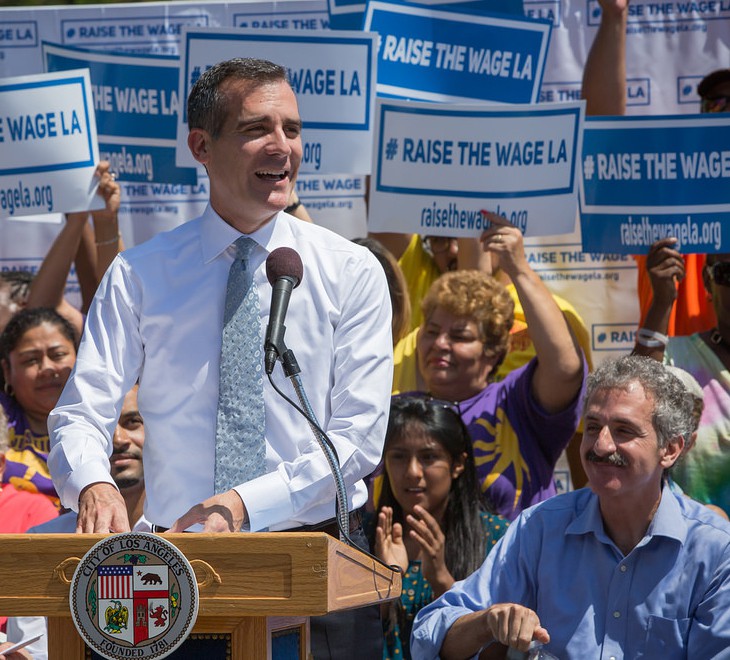Policy Questions Covered:
- How many people are homeless?
- What services are needed?
- How much spendable resources do homeless people have?
- How are housing needs met?
Summary of Findings:
- More effective efforts to help homeless residents re-enter the labor force and obtain public benefits will reduce costs by an estimated 16 percent (cautious to semi-optimistic scenario).
- Reducing the flow of people being cared for by major social institutions into homelessness will reduce costs by an estimated 47 percent (semi-optimistic to optimistic scenario).
- Providing housing is by far the greatest cost in ending homelessness – accounting for two-thirds to three-quarters of total costs.
- Requiring households with modest but still significant spendable resources (single adults with $7,000 to $11,999 and families with $10,000 to $15,999) to increase their contribution to rent costs by 5 percent each year will reduce costs by an estimated 37 percent (optimistic to modified-optimistic scenario).
- The lowest cost scenario (modified optimistic) is estimated to cost roughly double what is currently being spent on homelessness.












